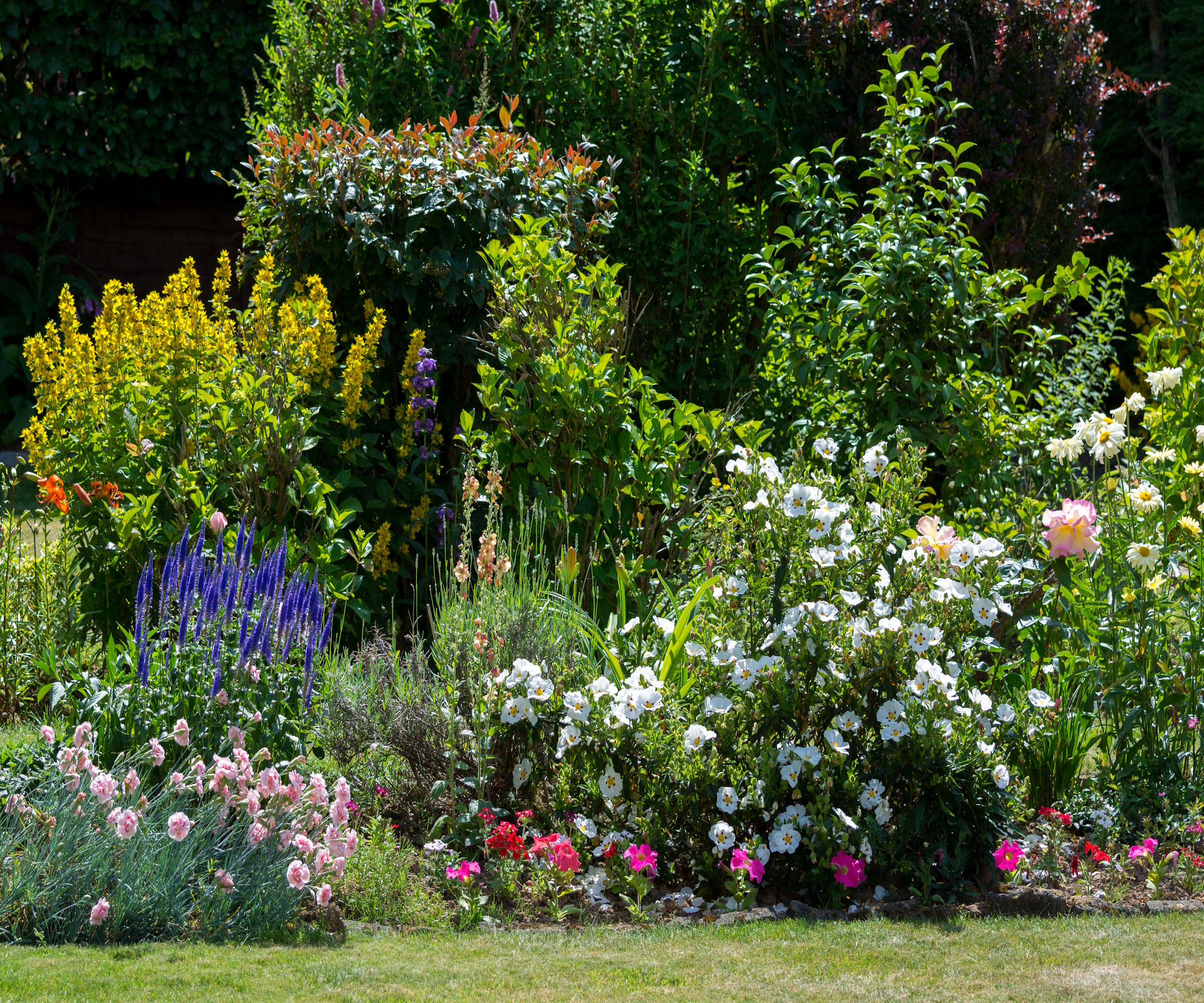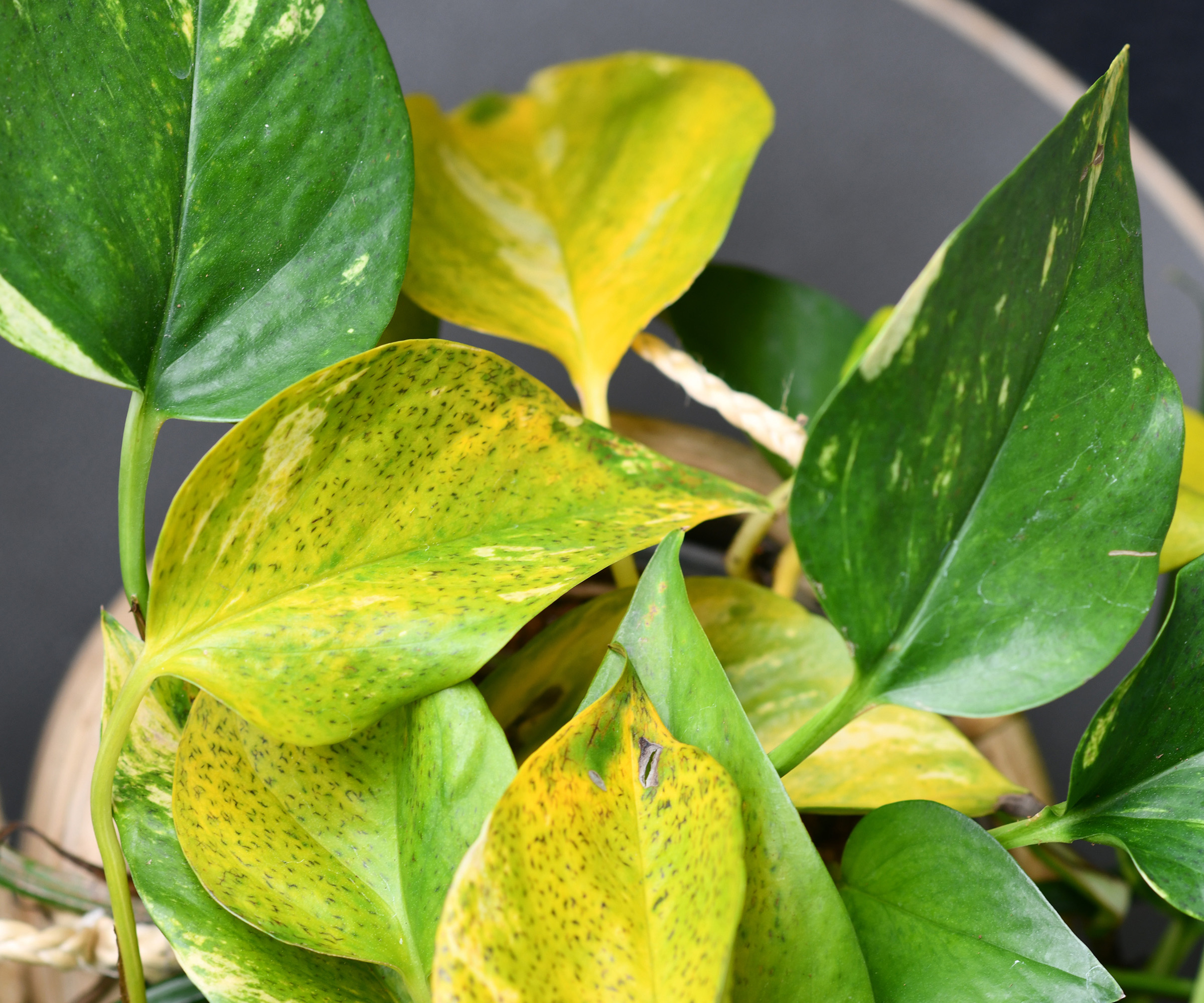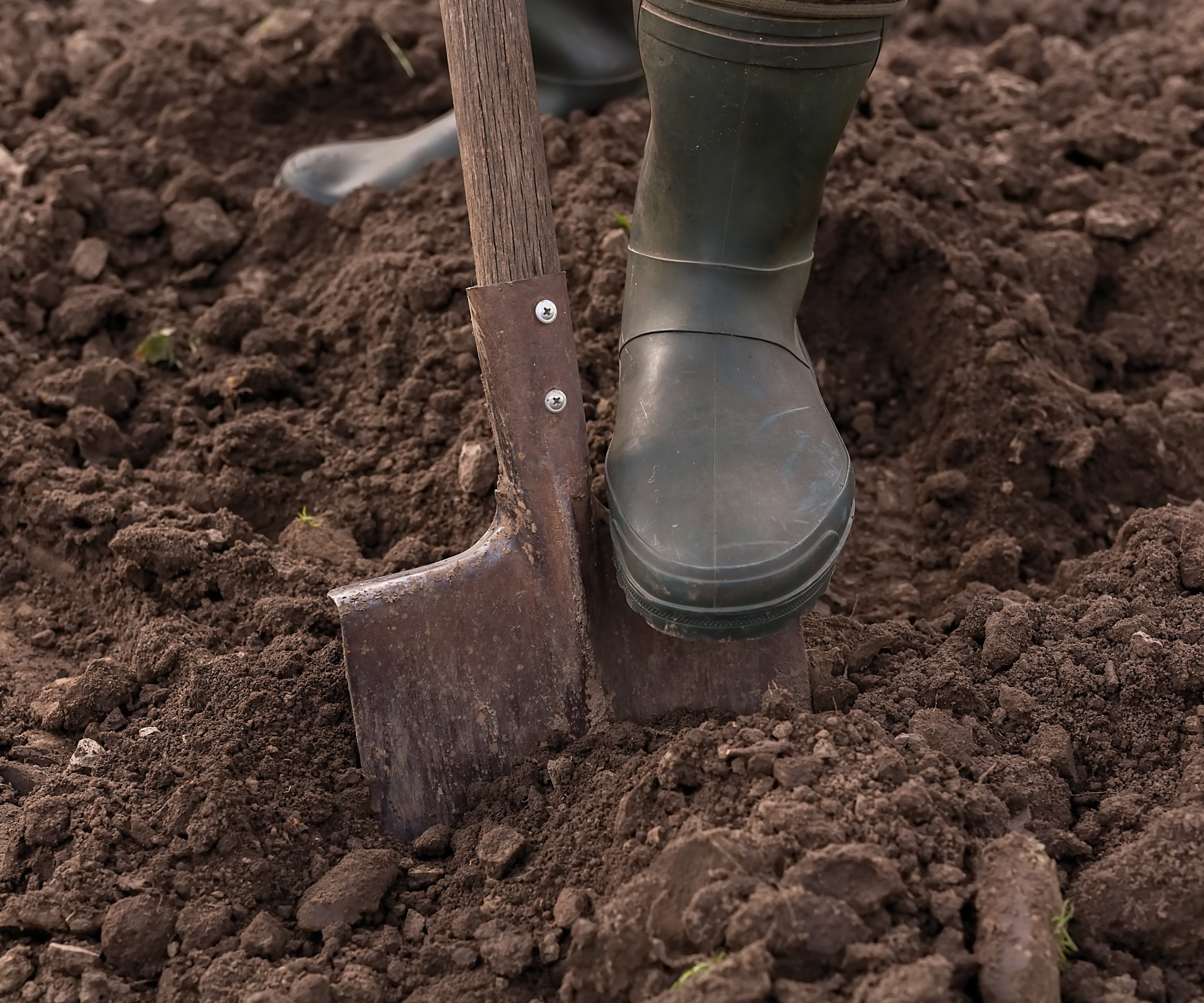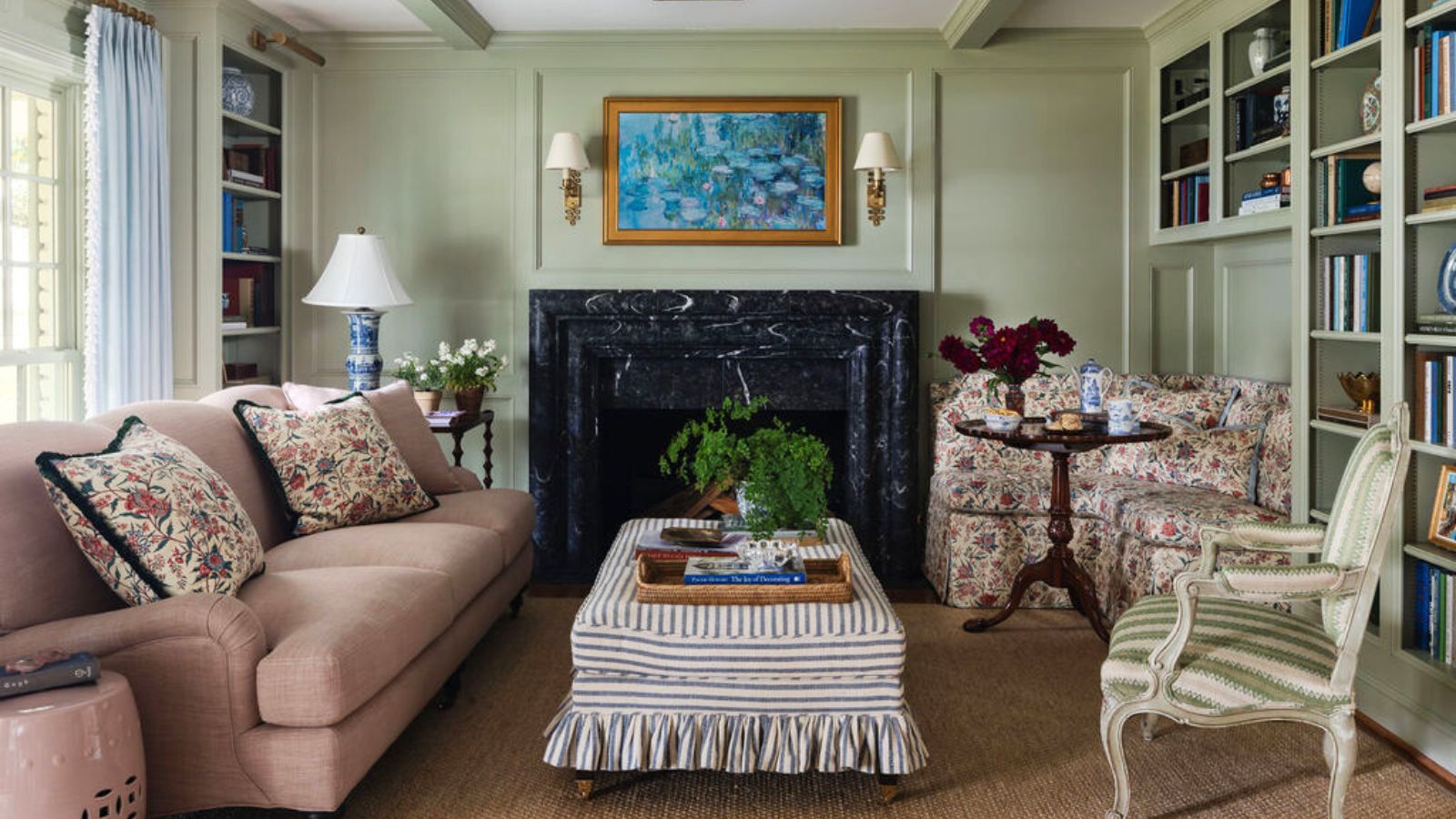7 common fertilizing mistakes and how to avoid making them in your garden
Bad fertilizing habits could be harming your plant's health


Fertilizers play an important part in keeping plants healthy and thriving. Whether you are growing trees, shrubs, flowers, fruits, or vegetables, maintaining soil health and using fertilizers is a key part of any annual gardening cycle.
The three main nutrients for plant health are nitrogen, phosphorus and potassium, but calcium, magnesium and sulfur are also important along with certain key micronutrients. Fertilizers contain specific mixtures of nutrients depending on their purpose, some are balanced and ‘multi-purpose’ while others can be focused on developing fruit or encouraging leafy growth.
Whether you opt to use organic or inorganic fertilizers, fertilizer provides essential nutrients that plants need to develop healthy growth and perform at their best. However, it is vital to use the right fertilizers, at the right time, and in the right quantity - as failing to do so will cause potentially severe problems for your plants.

7 fertilizing mistakes to avoid
When you fertilize flower beds for great displays of blooms or fertilize a vegetable garden for a bumper crop of homegrown food, you want any feed to benefit your plants and not harm them. To help you avoid making any mistakes that could risk the health of your plants, we speak to experts to uncover some key potential errors to avoid.
1. Fertilizing at the wrong time

Each plant has an ideal time for fertilizing. Applying the same rule to all plants is an error and you cannot expect all plants to respond the same - you cannot fertilize evergreen shrubs the same way as you fertilize garlic and expect both to prosper.
Tony O’Neill, gardener and author, claims fertilizing at the wrong time not only leads to wasted nutrients but can cause potential harm to many plants. He warns: ‘Fertilizing too late in the season can encourage new growth that may not harden off before winter, making plants vulnerable to frost damage.’
Plants want fertilizing at the beginning of their growing season and again during the year. Thoroughly research your plants to time their feeds based on their growth stages and specific needs.

Tony O'Neill is an accomplished gardening expert, author, and educator. With a passion for simplifying gardening practices, he has inspired a wide audience through his popular YouTube channel and website SimplifyGardening.com.
2. Applying the wrong fertilizer

Certain plants thrive with different fertilizers and not all feeds are created equal. It is important to understand the plant fertilizer numbers, which will show the makeup of nutrients in the feed. Applying the wrong fertilizer to a plant can create a nutrient imbalance and impact the growth cycle.
Diane Kuthy, the founder of How To Grow Everything, explains how too much or too little of certain nutrients can ‘drastically’ affect a plant’s growth cycle and create ‘undesirable results’. She says: ‘Applying too much nitrogen to fruit trees could stimulate the plant to produce more leafy green growth and less fruit.’
‘Magnesium is a critical nutrient for healthy tomato plants, but too much magnesium can cause calcium deficiency which leads to blossom end rot,’ adds Diane.
Pick fertilizers according to the nutrient requirements of plants and always apply feeds at the recommended rates. High nitrogen fertilizer will be useful for leafy vegetables, such as kale, but not for flowering plants that will prefer feed with a higher phosphorus content.

Diane Kuthy is the founder and lead plant expert at How To Grow Everything, a collection of comprehensive grow guides for every plant and vegetable. Diane has over 10 years of gardening experience and she currently manages a five-acre farm, with a four-season greenhouse and over 50 perennial fruit and vegetable varieties.
3. Using too much fertilizer

Adding too much fertilizer can be a case of too much of a good thing. Plants can be sensitive to nutrient imbalances and you could be killing them with kindness.
Too much fertilizer can burn plants, leading to issues such as root damage and leaf scorch. In extreme cases, the build-up of salts in the soil caused by overfertilizing can cause wilting, defoliating, and even death of plants.
Always follow the recommended rates outlined on any fertilizer packaging. ‘It comes back to understanding the plant's nutrient needs and providing the correct blend of fertilizer at the right time to meet those needs,’ says Diane Kuthy.
4. Using too little fertilizer

Under-fertilizing leaves plants lacking in nutrients. They may grow poorly, have discoloured foliage, and not flower or yield as well as you would expect. This can either be down to a lack of feeding at all or not using enough fertilizer - either way, the plant is suffering from nutrient deficiencies.
Soil tests will tell you if your soil is deficient in any particular nutrient - which will need addressing through the use of feeds. Using balanced fertilizer at the recommended rates is a good way to give a well-rounded, and often slow-release, dose of nutrients.

A soil test kit with a mail-in professional lab analysis that measures 13 nutrient levels. Online results in 6-8 days come with tailored organic and synthetic fertilizer recommendations.
5. Applying fertilizer to dry soil

The soil wants to be moist when you apply fertilizers. Never apply feed, especially a granular fertilizer, to dry soil. This would be a mistake that risks harming the health of your plants.
Plants cannot take in any nutrients if the soil is dry and slow-release fertilizer products in particular need moisture to dissolve and release any nutrients.
‘Applying fertilizer to dry soil can burn the roots,’ warns Tony O’Neill. ‘Always water your plants before and after applying fertilizer to help distribute the nutrients and prevent root damage.’
6. Fertilizing in the wrong weather

There are some weather conditions in which it is unwise to apply fertilizers. This includes any extreme weather, such as extreme heat or cold, which stress plants and they do not take in nutrients at that time.
Radek Babicek, a gardening specialist at Fantastic Services, also advises that rainy days should be avoided ‘because the rain can wash away all the fertilizer you have applied’. They add: ‘It's best to fertilize about three days after it has rained. This will give enough time for the moisture to evaporate off the soil’s surface without it being too dry.’
Plants are also less able to absorb nutrients on hot days, so if you do have fertilizing plants on your summer gardening checklist it is best to do the task during cooler early morning hours or the late afternoon.
7. Putting fertilizer too close to the plants

Be very careful where you put granular fertilizers when applying them to plants. Granular products need to be dissolved in water, which is why they need to be watered in, and can physically harm plants if they touch them.
Samuel Davis, a horticulturist and the CEO of London Gardeners, warns how any fertilizers touching stems or leaves with the products can burn them. He advises: ‘Spread it well around the base of the plant and avoid the stems and the leaves as much as possible.’
Only products designed to have contact with leaves, such as foliar feeds, should be applied directly to the plants. Do not merely throw granular products over plants from above as any feed touching the leaves can cause leaf scorch.
FAQs
What are the signs of over-fertilizing?
When you over-fertilize plants it can show through discolored leaves that turn yellow or brown due to fertilizer burn, while the edges of foliage can blacken. Plants can also show stunted growth, drooping, or wilting, and shed leaves, flowers, or fruit. You may also notice a crust on the soil surface.
If you favour having a natural garden and using organic feeds, then you can make plant fertilizers to use on shrubs, flowers, and vegetables around your garden. This includes making comfrey fertilizer or plant fertilizers from weeds, such as nettles. Such liquid feeds must be diluted before being used to avoid overfertilizing plants.
Sign up to the Homes & Gardens newsletter
Design expertise in your inbox – from inspiring decorating ideas and beautiful celebrity homes to practical gardening advice and shopping round-ups.

Drew’s passion for gardening started with growing vegetables and salad in raised beds in a small urban terrace garden. He has worked as a professional gardener in historic gardens and specialises in growing vegetables, fruit, herbs, and cut flowers as a kitchen gardener. That passion for growing extends to being an allotmenteer, garden blogger, and producing how-to gardening guides for websites. Drew was shortlisted for the New Talent of the Year award at the 2023 Garden Media Guild Awards.
-
 How to clean a terrazzo floor in 5 steps – expert tips to scrub, shine, and seal this sparkling floor finish
How to clean a terrazzo floor in 5 steps – expert tips to scrub, shine, and seal this sparkling floor finishAvoid damage and protect it's shine with these expert tricks
By Chiana Dickson Published
-
 The 11 British interior design styles you are going to want to bring into your home – no matter which side of the pond you live on
The 11 British interior design styles you are going to want to bring into your home – no matter which side of the pond you live onInterior designers share their favorite British design trends and how to recreate them in your own home
By Pippa Blenkinsop Published